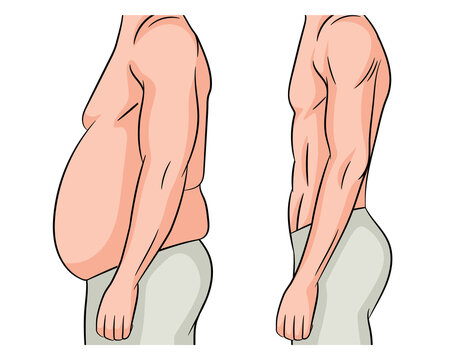Cardiac Clues: Is There a Danger Zone by Age
Heart disease remains one of the leading causes of death worldwide, and heart attacks, or myocardial infarctions, are among its most alarming manifestations. But does age play a decisive role in determining your risk of a heart attack? Understanding the relationship between age and cardiac health can help individuals take proactive measures to protect their hearts.
The Role of Age in Heart Attack Risk
As we age, our bodies undergo numerous changes, and the cardiovascular system is no exception. Over time, blood vessels can lose their elasticity, and cholesterol buildup may lead to plaque formation in arteries. These changes increase the risk of conditions like atherosclerosis, which can trigger heart attacks.
While heart attacks are often associated with older adults, they are not exclusively a problem for the elderly. Studies have shown that men over 45 and women over 55 face an elevated risk, but other factors, such as genetics and lifestyle, can make younger individuals susceptible as well.

Why Younger People Aren’t Immune
Heart attacks in younger adults are on the rise, often linked to poor lifestyle choices. Smoking, excessive alcohol consumption, high stress levels, lack of physical activity, and poor dietary habits can contribute to early onset of cardiovascular disease. Additionally, conditions such as diabetes, obesity, and high blood pressure are increasingly common among younger populations, further compounding the risk.
The Critical Decades
- 20s and 30s: While relatively rare, heart attacks in this age group often result from genetics or severe lifestyle factors, such as substance abuse or untreated hypertension.
- 40s and 50s: Risk increases significantly as arteries begin to stiffen and cholesterol levels may rise. This is a pivotal time to adopt heart-healthy habits.
- 60s and Beyond: Age becomes a significant risk factor, as the cumulative effects of lifestyle, diet, and pre-existing conditions take their toll.
Understanding the Danger Zone
There isn’t a fixed “danger zone” in terms of age. Instead, risk accumulates over time and is heavily influenced by individual health choices. However, certain periods—like after 45 for men and after menopause for women—are considered times of heightened vulnerability due to hormonal and biological changes.

Proactive Heart Health Measures
Regardless of age, there are steps everyone can take to reduce their risk of a heart attack:
- Regular Exercise: Aim for at least 150 minutes of moderate-intensity activity per week.
- Healthy Diet: Focus on fruits, vegetables, whole grains, lean proteins, and healthy fats. Limit processed foods and sugar.
- Quit Smoking: Smoking damages blood vessels and accelerates heart disease.
- Monitor Health: Keep an eye on blood pressure, cholesterol, and glucose levels through regular check-ups.
- Manage Stress: Chronic stress can harm your heart; practice relaxation techniques such as meditation or yoga.
Conclusion
While age is undoubtedly a factor in heart attack risk, it is not the sole determinant. A combination of genetics, lifestyle, and environmental influences plays a role in heart health at every stage of life. By understanding the risks and taking proactive steps, individuals can significantly lower their chances of experiencing a heart attack, regardless of their age.
Your heart works tirelessly for you—show it the care it deserves. ❤️











Post Comment